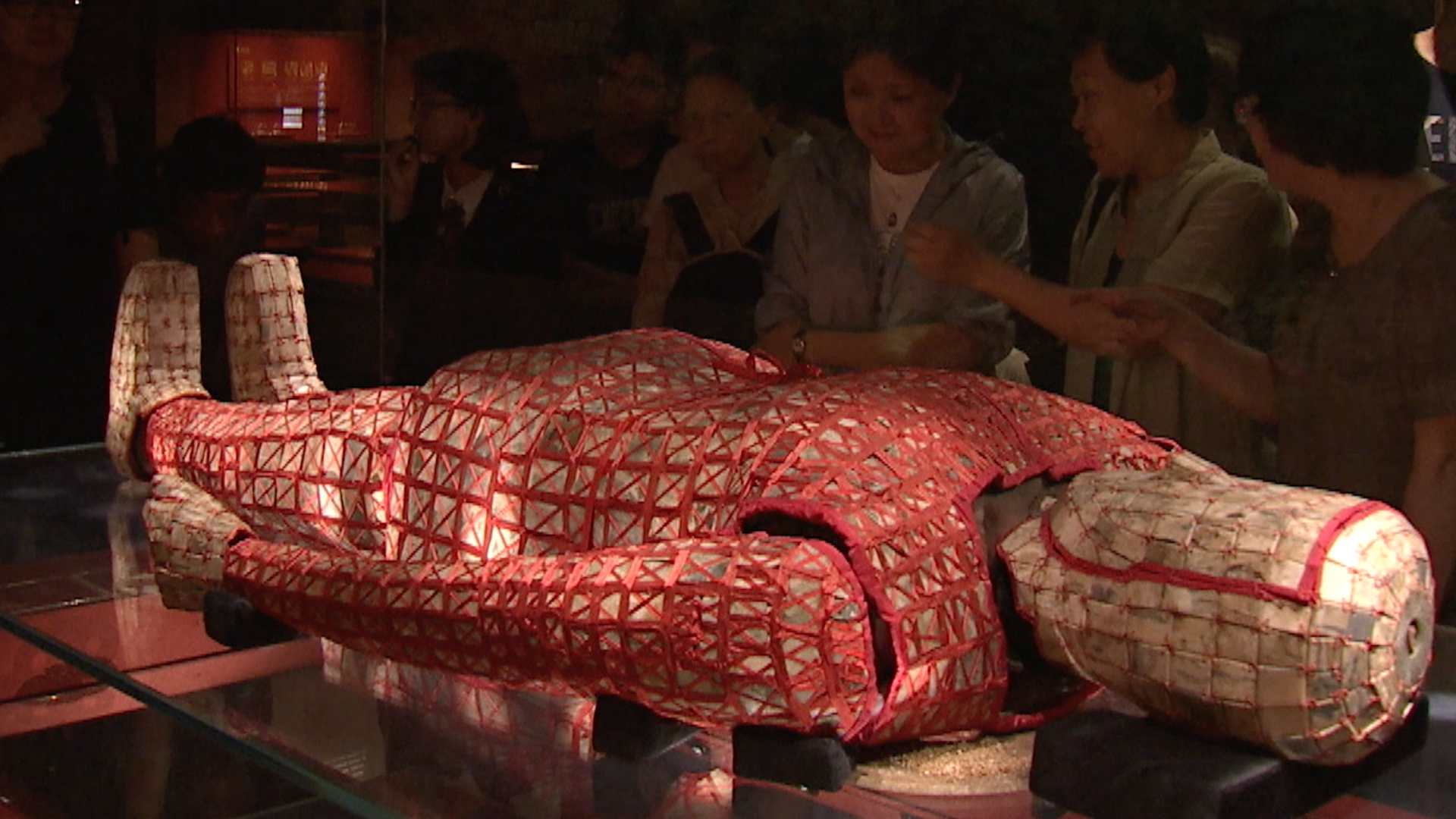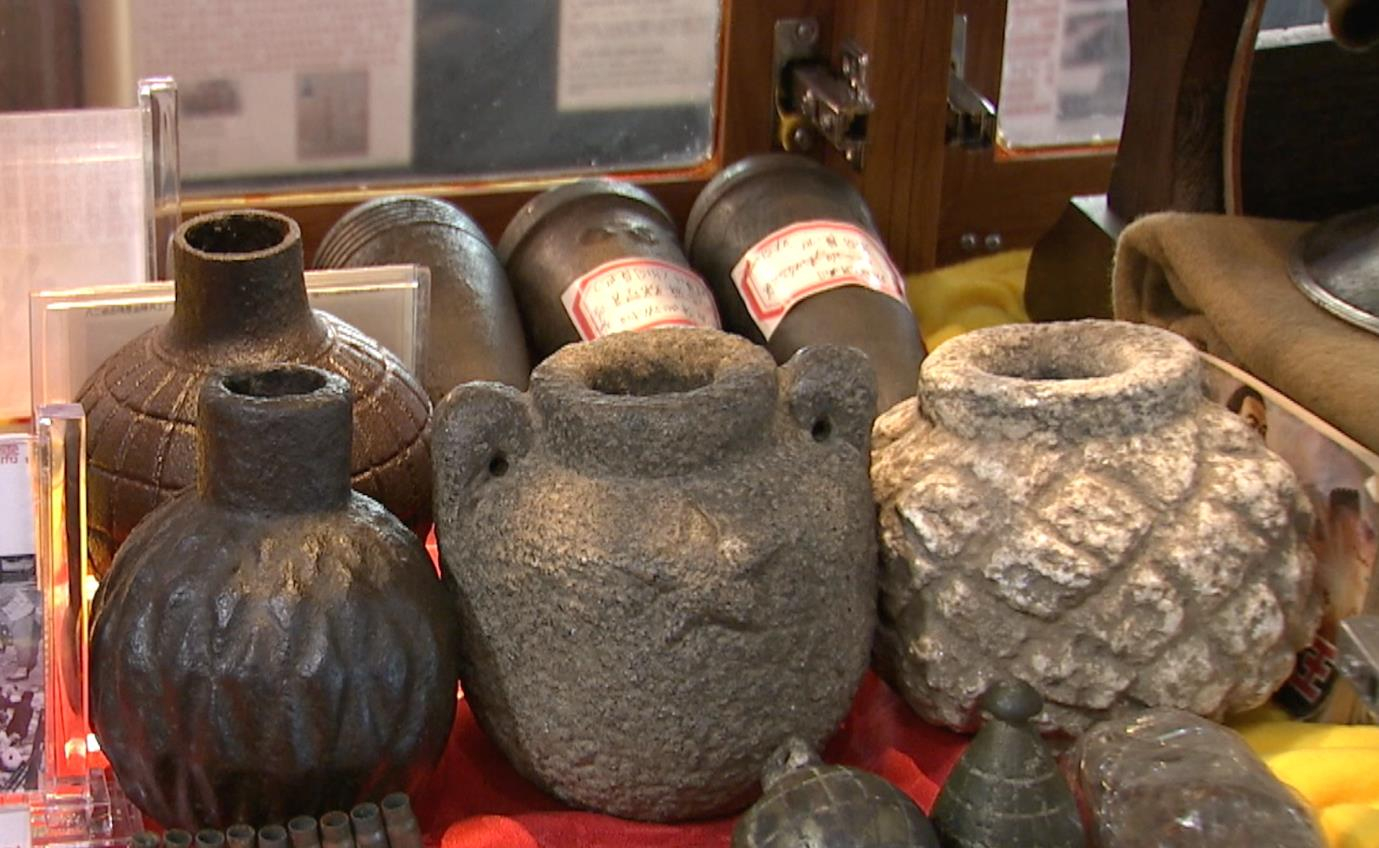
Art
17:45, 18-May-2019
Chinese museums and their uncertain future
By Li Jianhua
03:30

With China said to be the world's second-largest art market after the United States, more privately-owned museums are popping up nationwide, with each having its own unique theme. But many are living precariously due to limited funding, and most are striving to make their ends meet.
China is home to tons of museums, whose total number increased by 14 times over the past four decades, according to the National Cultural Heritage Administration (NCHA). Amongst over 5,000 museums in the country, nearly 88 percent of them are free to the public.
"With the emerging of theme museums, eco-museums and intelligent museums, an increasing number of social forces have joined in the country's museum development," said Liu Yuzhu, head of NCHA.
The number of museums is pushing upward, but are Chinese people becoming more interested in the museums than ever before?
CGTN visited a state-sponsored museum in south China's Guangdong Province, which is called the Museum of Nanyue King.
The museum, well-known for its jade work unearthed from the tomb of Nanyue King that lived about two thousand years ago, is fully sponsored by the local government. Some of the museum's jade artifacts are listed as the national treasures.

Horn-shaped jade artifact on display in the Museum of Nanyue King in the south China city of Guangzhou./ CGTN Photo
Horn-shaped jade artifact on display in the Museum of Nanyue King in the south China city of Guangzhou./ CGTN Photo
With the theme of "Museums as Cultural Hubs: The Future of Tradition," the International Museum Day 2019 is focusing on the new roles of museums as active actors in their communities, according to International Council of Museums. The Museum of Nanyue King this year, in the quest for becoming more interactive, audience-focused and community-oriented, has rolled out new measures to engage Chinese and international museum-goers.
However, like many other museums in China, funding is an obstacle.
"Our biggest advantage is the abundant treasures, and we have a trove of them here. Our promotion of artifact-inspired souvenirs is quite advanced in Guangzhou. But when it comes to fundraising and souvenir development, we are still lagging behind Beijing and other international museums abroad. We should work to keep par with the social development," said Wang Weiyi, co-director of the museum.
Chinese museums these years are seeking means to increase revenues, with the Palace Museum in Beijing, also known as the Forbidden City, as an outstanding example. The museum in the Chinese capital has been selling artifact-inspired souvenirs to make profits, which was nearly 400 million U.S. dollars in 2017, twice the revenue from ticket sales. Some international museums are taking the same path. Chief among them, the British Museum in 2017 raked in about 200 million U.S. dollars by selling souvenirs.
Private museums popping up in China
Many privately-owned museums are appearing all across China, and official figures indicate the nation is now home to at least 1,500 private museums, according to the Ministry of Culture and Tourism last November.
But observers say the costs of the private museums are beginning to wear some owners down as they struggle to break even.
"In 10 years a lot of private museums will be gone," said Zhu Junbo, the first general manager of Shanghai's Duo Yun Xuan auction house, to Financial Times.
CGTN visited a privately-owned museum in the southern city of Zhongshan. The owner of the museum, a die-hard fan of warfare, started the museum by converting the second floor of his house in 2018.

Grenades and mines used in China during WWII. / CGTN Photo
Grenades and mines used in China during WWII. / CGTN Photo
This museum, featuring the Second World War and China's Civil War around the 1930s through to the 1940s, is free to the public.
"I didn't aim to make a profit by running the museum. It's free. What I want is to give younger generations a real sense of history. I've spent about 300,000 U.S. dollars on the museum," said Wu Huisen, the owner of the private museum.
China in 2017 issued rules and regulations to better manage non-state-owned museums, in an attempt to forbid private museums to distribute property among founders and sponsors when they shut down.
The State Administration of Cultural Heritage demanded that the residual property should be used for the public interest, and non-state-owned museums are required to make public information about their collections, exhibitions, the management and the use of assets and donations.
The Chinese State Council in 2015 issued a regulation to address problems in private museums, including slack management and supervision, weak infrastructure, improper preservation and the illegal trade of ancient relics.
1895km

SITEMAP
Copyright © 2018 CGTN. Beijing ICP prepared NO.16065310-3
Copyright © 2018 CGTN. Beijing ICP prepared NO.16065310-3